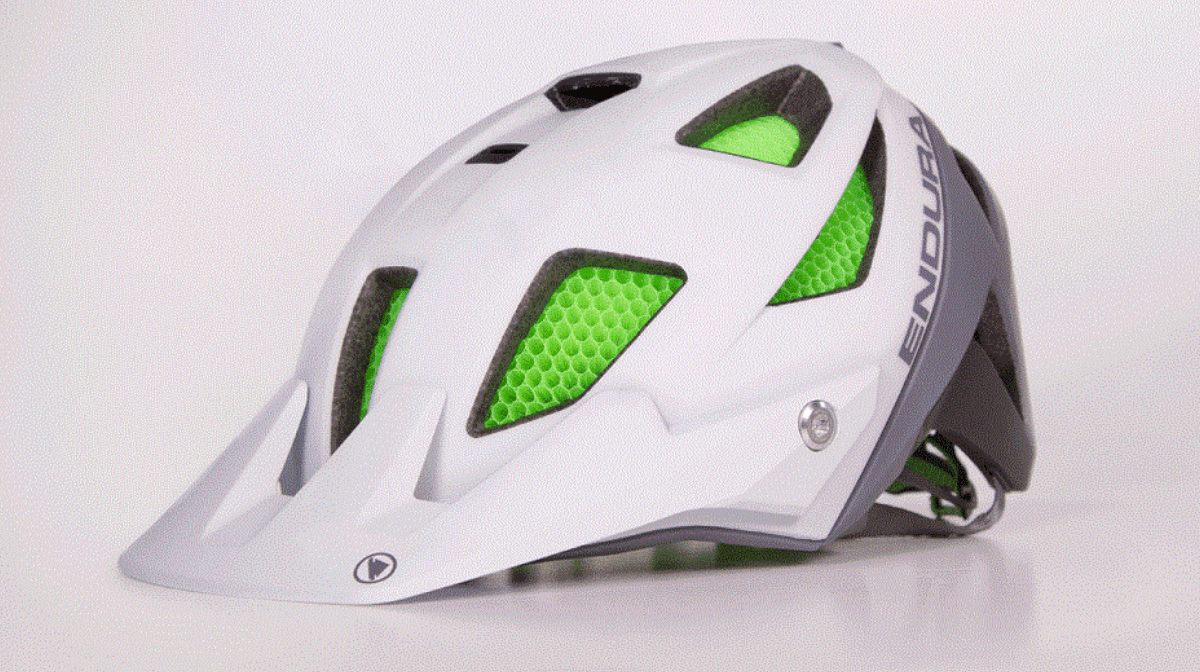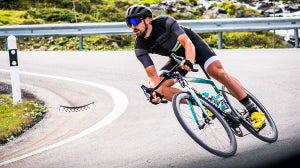
Last June, Koroyd introduced the Koroyd Helmet Safety Initiative, a call for manufacturers to voluntarily outperform the minimum helmet certification requirements. Helmets that comply with significantly lower limits for maximum deceleration and HIC to reduce the correlated risk of severe head injuries in real life accidents.
The MT500 Helmet from Endura is the result of an intensive collaboration between Koroyd and Endura. The helmet features an advanced Koroyd integration for optimal impact protection and improved ventilation in a very lightweight package.
The Endura MT500 Helmet passes all impacts, in all sizes under all the required test conditions according to the voluntary lower <5% guidelines of the Koroyd Helmet Safety Initiative. It is the first helmet announced to reduce the correlated risk of suffering a skull fracture or a fatal traumatic brain injury to less than 5%, according to the Prasad/Mertz risk curves and under the prescribed test conditions.
In a market where all helmets comply with the same regulations, it’s hard to know which helmet protects better than others for certain impacts. With helmets like the MT500, that pass the < 5% guidelines, a consumer can be sure that these helmets significantly outperform the minimum protection and as a result significantly reduce the risk of severe head injuries in case of an accident.
The correlated risk of suffering a skull fracture can be as high as 40% when a rider impacts a European certified bicycle helmet at the reference impact velocity of 19.5 km/h. Helmets that absorb more energy can dramatically reduce this risk.
The Koroyd Helmet Safety Initiative proposes lower deceleration limits of 183g and an HIC value of 1666 correlating with a less than 5% risk of suffering a skull fracture or a fatal traumatic brain injury under the normal test conditions that the certification prescribes.
With Koroyd advanced energy absorption liners, bicycle, snow and motorcycle helmets can already meet the less than 5% correlated risk targets without increasing the size of the helmet.
In a market where all helmets comply with the same regulations, it’s hard to know which helmet protects better than others for certain impacts. With helmets like the MT500, that pass the < 5% guidelines, a consumer can be sure that these helmets significantly outperform the minimum protection and as a result significantly reduce the risk of severe head injuries in case of an accident.

Related Articles








